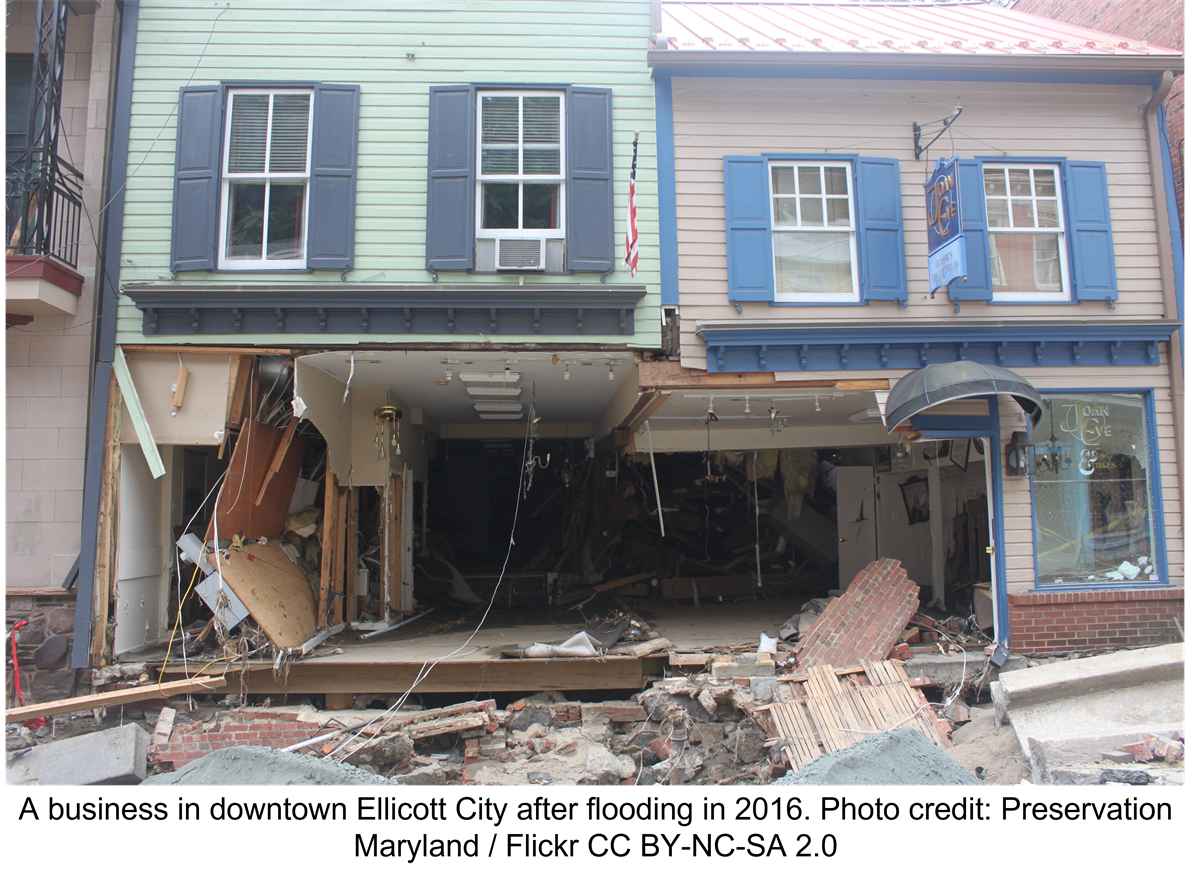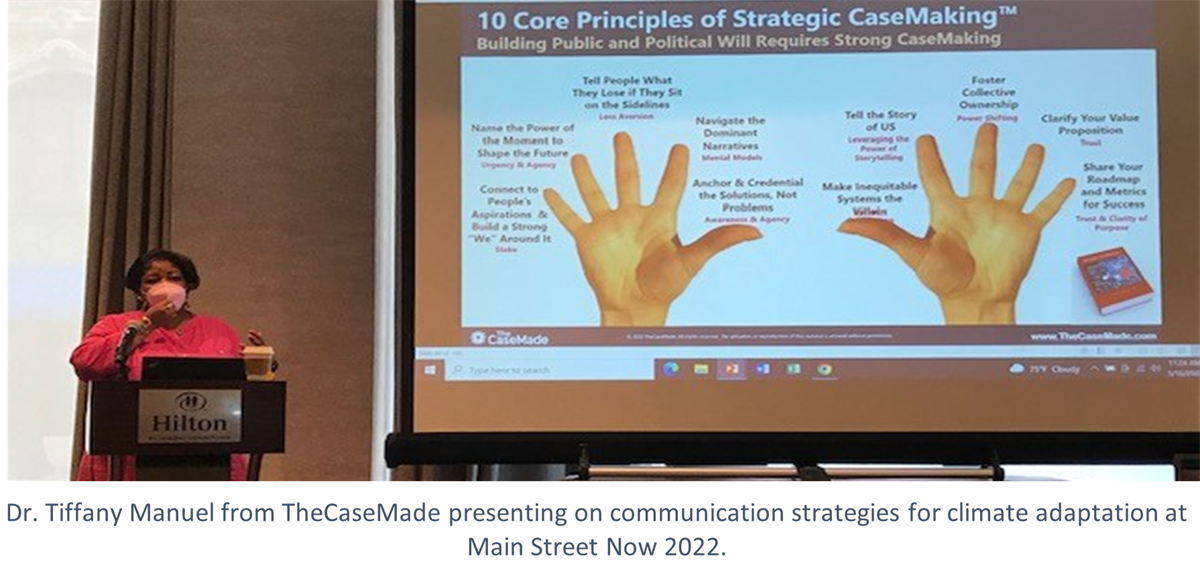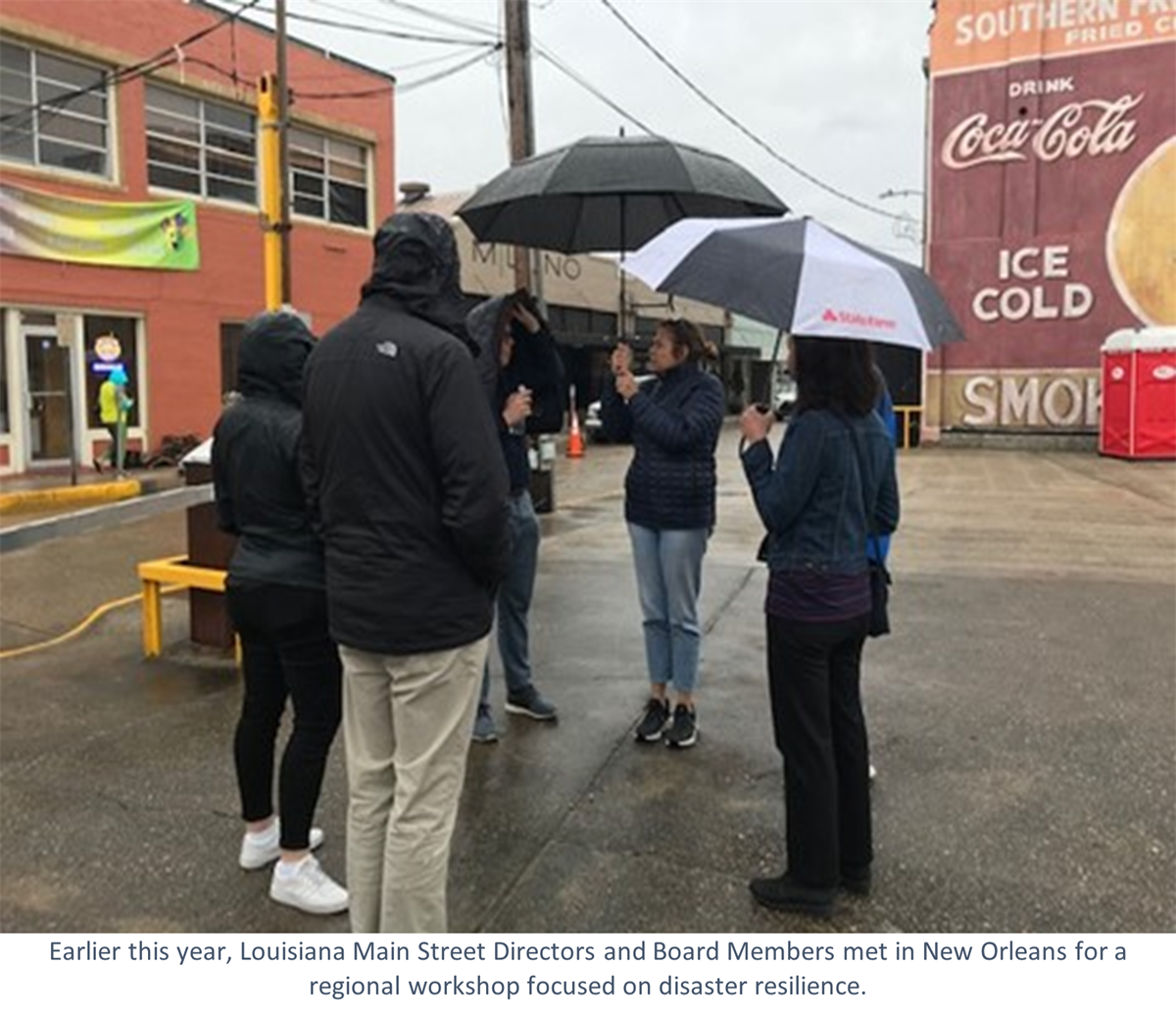Announcing the Science Discovery on Main Street Grant Recipients
Main Street America is thrilled to announce the 12 Science Discovery on Main Street grant program recipients.

Marion, Iowa © Tasha Sams
We work in collaboration with thousands of local partners and grassroots leaders across the nation who share our commitment to advancing shared prosperity, creating resilient economies, and improving quality of life.

Emporia, Kansas © Emporia Main Street
Made up of small towns, mid-sized communities, and urban commercial districts, the thousands of organizations, individuals, volunteers, and local leaders that make up Main Street America™ represent the broad diversity that makes this country so unique.

Chicago, Illinois © Main Street America
Looking for strategies and tools to support you in your work? Delve into the Main Street Resource Center and explore a wide range of resources including our extensive Knowledge Hub, professional development opportunities, field service offerings, advocacy support, and more!

Waterloo, Iowa © Main Street Waterloo
Your one-stop-shop for all the latest stories, news, events, and opportunities – including grants and funding programs – across Main Street.

Kendall Whittier — Tulsa, Oklahoma © Kendall Whittier Main Street
Join us in our work to advance shared prosperity, create strong economies, and improve quality of life in downtowns and neighborhood commercial districts.
.png)
September is National Preparedness Month! The past few years have illustrated the increasing urgency of creating more resilient communities, and Main Streets can play a critical role in supporting these efforts. Climate change is an unprecedented threat, and it can often seem daunting to try and tackle the changes we need to make, so we are sharing four actionable steps that Main Streets can quickly implement to improve their disaster resiliency today.

As the headlines fill with stories of extreme weather in far-flung places, it is easy to imagine natural disasters as a phenomenon that happens elsewhere, but climate change is increasing risk worldwide. For example, wildfires are often associated with California, but October’s widespread drought spurred wildfires across the country.
It is critically important that Main Streets understand the unique risk factors of their geographic regions to prepare for the threats they are facing. A tool like FEMA’s National Risk Index can help you better understand how a certain type of disaster is likely to impact your community. For example, you can view your community’s expected annual loss in population, building value, and agricultural value and compare these statistics at the local level to state- and national-level statistics. You can also view the social vulnerability metric which shows your community’s susceptibility to the adverse impacts of natural hazards when compared to the rest of the U.S. Furthermore, you can view your community resilience metric which conveys your community’s ability to prepare for anticipated natural hazards, adapt to changing conditions, and withstand and recover rapidly from disruptions when compared to the rest of the U.S.
Here are some other resources that can help you understand the impact of climate change in your region:
Climate change has been settled science for decades, and there are already strong networks of dedicated scientists, communications professionals, nonprofits, and governmental groups who are working on resiliency in and around your community. Reach out to them, introduce them to the Main Street Movement, and brainstorm ways that you can support their existing efforts. Now is the time to prepare in considering what will be needed to preserve your community’s historic, cultural, and archeological resources.
The following state and tribal agencies can also support you in this process:

Climate change does not impact all socioeconomic groups equally. Climate gentrification and migration are increasingly important issues as natural disasters pose disproportionate impacts. “Climate gentrification refers to the ways that climate impacts and adaptations may contribute to changes in community characteristics and potential displacement of vulnerable residents through changes in property values,” said an article in Frontiers Climate. At the same time, as certain regions become more prone to disasters, many will seek refuge in more stable climate zones, exacerbating these gentrification effects. Main Streets can prepare for these impacts by incorporating disaster resiliency into your existing DEI plan.
Some questions to consider:
The best time to upgrade your buildings is today! From façade improvements to renovations and transformations, make sure every capital project integrates disaster preparedness standards. The nature of this work will depend on the research you do on what impacts your region is facing. For example, if your area will be prone to increasing flooding in the coming years, check out these flood adaptation guidelines for historic buildings from the National Park Service.
The National Alliance of Preservation Commission’s CAMP Resilience and Disaster Planning initiative has created this collection of preservation planning resources and sample city disaster preparedness plan. They have also gathered resources on preparedness funding options, standards for building adaptations, and risk assessment surveys.
In 2020, Main Street America’s Strategic Projects team launched the NPS Main Street Community Disaster Preparedness and Resilience Program. Disasters have major impacts on Main Streets’ community members, local economies, historic and cultural resources, physical spaces, health, and culture. However, when faced with disaster mitigation and response, many local leaders do not have a plan or roles and responsibilities identified. Furthermore, Main Street communities and other downtowns and neighborhood commercial district organizations uniquely require a comprehensive set of resources that address the built environment, the local economy, and community impact.
Funded by the Emergency Supplemental Historic Preservation Fund, administered by the National Park Service, the NPS Main Street Community Disaster Preparedness and Resilience Program is designed to support downtown and neighborhood commercial district leaders in preparing for disasters and recovering in ways that make their communities stronger in the long-term. This funding focuses its support on communities most impacted by Hurricanes Harvey, Irma, Maria, Florence, Michael, and Typhoon Yutu, though planning for other types of disasters, including fires, floods, tornadoes, earthquakes, and pandemics are also incorporated into the NPS Main Street Community Disaster Preparedness and Resilience Program.
Consulting and collaborating with the program’s advisory committee, the NPS Main Street Community Disaster Preparedness and Resilience Program has hosted several national workshops. Virtual national workshops were held by Main Street America in the summer of 2020, in conjunction with the National Trust for Historic Preservation’s 2020 PastForward Conference; at the 2021 Main Street Now Conference; and in person at the 2022 Main Street Now Conference in Richmond, Va. Please view the national workshop agendas to find a full list of the national partners that have shared their much-appreciated time and expertise in this program.

In addition to these national workshops, the program is in the process of hosting a series of regional workshops in partnership with several Main Street Coordinating Programs. In March 2022, the program team met with 50 Louisiana Main Street Directors and Board Members, the Louisiana Folklife Program team, and NPS partners in New Orleans, La., for a regional workshop focused on disaster resilience. Presentation topics included new and existing funding, including NPS grant programs, preparedness planning for downtowns and neighborhood commercial districts, and preserving historic and cultural resources in the face of climate migration. Following this workshop, a team of MSA technical assistance providers visited Houma, La., an MSA community that was devastated by Hurricane Ida, providing recommendations on next steps forward in the recovery and resilience process.
This week, the program team is partnering with the Florida Main Street Coordinating Program, Ormond Beach Main Street, the Lincoln Institute of Land Policy, and the NPS to host scenario planning and funding workshops in Ormond Beach, Fla. Planning is underway for upcoming regional workshops in Texas and California in early 2023, as well as a culminating program workshop in the spring of 2023.
These convenings of national and local disaster preparedness and resilience experts are also helping to inform the digital NPS Main Street Community Disaster Preparedness and Resilience Toolkit and online resource clearinghouse, expected to launch in early 2023. This digital toolkit and online resource hub will help communities prepare for the next disaster, recover from previous events, and build stronger downtowns and neighborhood commercial districts. You can stay up to date on future programming and publication of the online toolkit and resource clearinghouse on the NPS Main Street Community Disaster Preparedness and Resilience Program webpage.